Search Options Trading Mastery:
Commodity Futures Options
An Introduction to Commodity Futures Options
Commodity Futures Options are options having as the underlying asset, a futures contract on commodities like wheat, gold, silver, crude oil, and a number of other goods - even financial goods such as treasury bonds and foreign currencies. For example a gold futures contract gives the owner the right to buy or sell a specified quantity of gold for the price nominated in the contract at some future settlement date.
Commodity futures are swiftly traded by open outcry on one of several exchanges. These futures are based on the changing market prices of the underlying commodity, which can be due to economic or seasonal forces of supply and demand. Therefore, futures prices may change rapidly and without warning.
Commodity futures options enables the trader to effectively trade futures, but without the unlimited risk normally associated with potential price movements in a futures contract. Why? Because commodity futures options give you the right but not the obligation to buy or sell a futures contract anytime up to an agreed expiration date. By contrast, a futures contract is simply an obligation to settle.
Commodity futures options contracts must specify specific things such as the commodity future being traded, whether the options are call or put, number of futures contracts being bought and sold, the expiration date as well as the exercise price. In essence, they function just like stock options. Both give the buyer the right but not the obligation to purchase or sell for a pre-determined price within an agreed time frame. Having said that, inherent in commodity futures options are a number of advantages, the primary ones being: margin, diversification, implementation of strategies and fairer pricing.
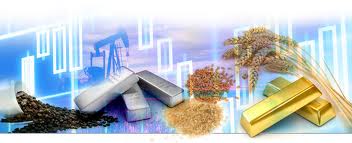
The commodity markets utilize SPAN* = "Standardized Portfolio Analysis of Risk". SPAN is a risk based, portfolio approach for computing margin requirements in an account for futures and options on futures. Developed by the Chicago Mercantile Exchange, rather than calculating the margin for a new position put into an account, SPAN works out the effect the new position has on the whole account. Put simply, it recalculates the portfolio as a whole.
Commodity futures options are becoming more popular among stock options traders. We’re witnessing a lot of stock option traders convert to commodity options because commodities are so much in the news and because people seem to be drawn to where the action is. The concepts, strategies and know-how for stock options can be easily transferred to options on futures.
Trading commodity futures options potentially involves considerable risk of loss and might not be appropriate for all investors. You ought to carefully think about whether trading is suitable for you in light of your circumstances, expertise and financial resources.
Why Commodity Futures Options Appeal
Firstly, they give you the variety of having over 30 different markets from which to choose. These markets are always in a variety of chart patterns and volatility, which allows the trader to scan for the most effective option trading strategies.
Another reason is that they include more favourable margin requirements for the short options and also the ability to receive interest on both investment capital and premium received. For example, you receive $5,000 from selling options on Treasury Bond futures contracts. You now have this in your account, in addition to the trading capital you used to margin this trade. You can then invest the trading capital, plus your additional $5,000 option premium into the underlying treasury bills to obtain interest on the whole amount.
Which Exchange?
Commodities can be categorised into major groups like agricultural produce, metals, meats, financials, currencies or resources markets. Once you know the group that a commodity is from, it is not difficult to find out which exchange or exchanges the commodity futures will be traded on. The exceptions might be silver, gold, as well as the financials. The two precious metals are traded actively on more than one exchange.
Opportunities
The prices of commodities depend on supply and demand. If a commodity is abundant the price is going to be lower, however if the commodity is scarce the price is going to be higher. The supply and demand cycles for the majority of commodities move in fairly predictable seasonal cycles. Take oil as an example - in the northern hemisphere winter, oil is going to be more expensive because that is the time of year when most people on the planet are using it to keep warm, while during the summer when it is not needed so much, short of major international news the price will be inclined to fall.
Agricultural products are often subject to natural disasters, so prices can become quite volatile unexpectedly. These provide opportunities for option trading strategies such as straddles and strangles.
Some financial commodity futures prices such as those on currencies, move on regular economic news events such as the US Non-farm Payroll day announcement on the first Friday of each month.
**************** ****************
Return to Commodity Options Trading Contents Page
Go to Option Trading Homepage

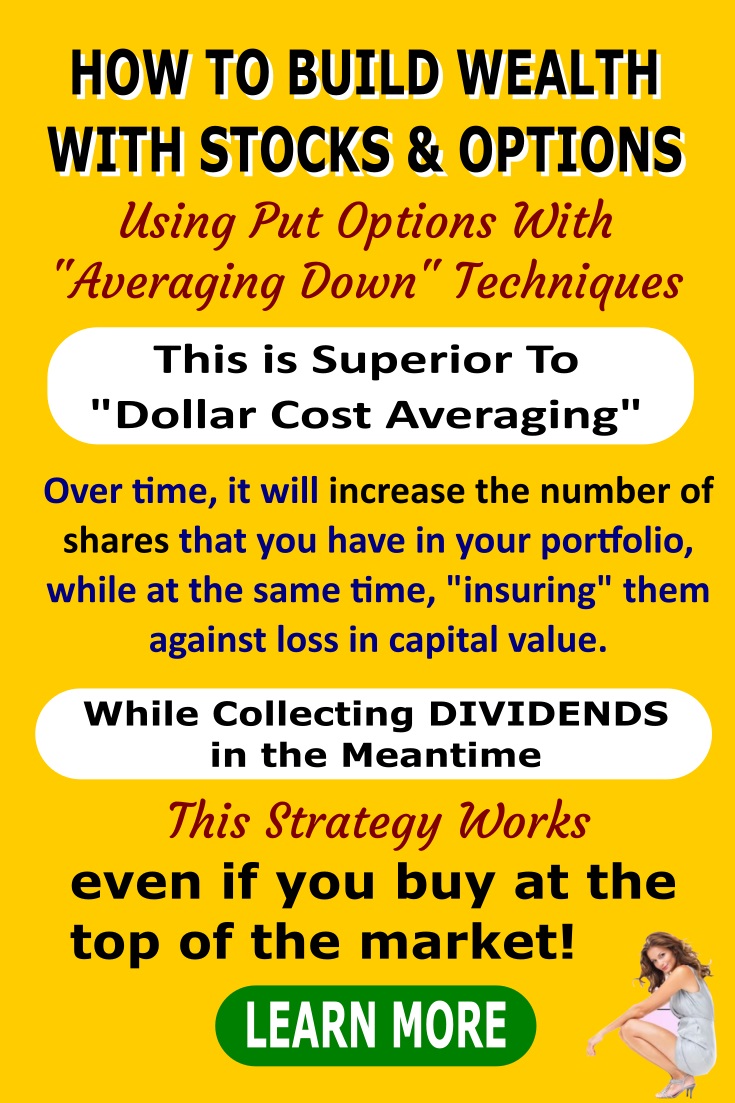




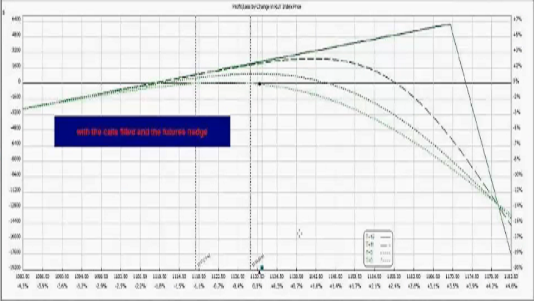

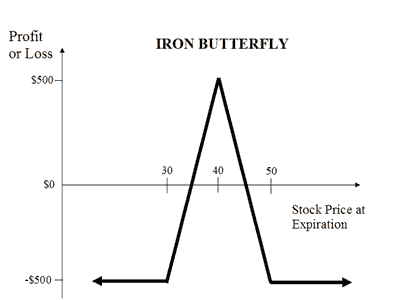



New! Comments
Have your say about what you just read! Leave me a comment in the box below.